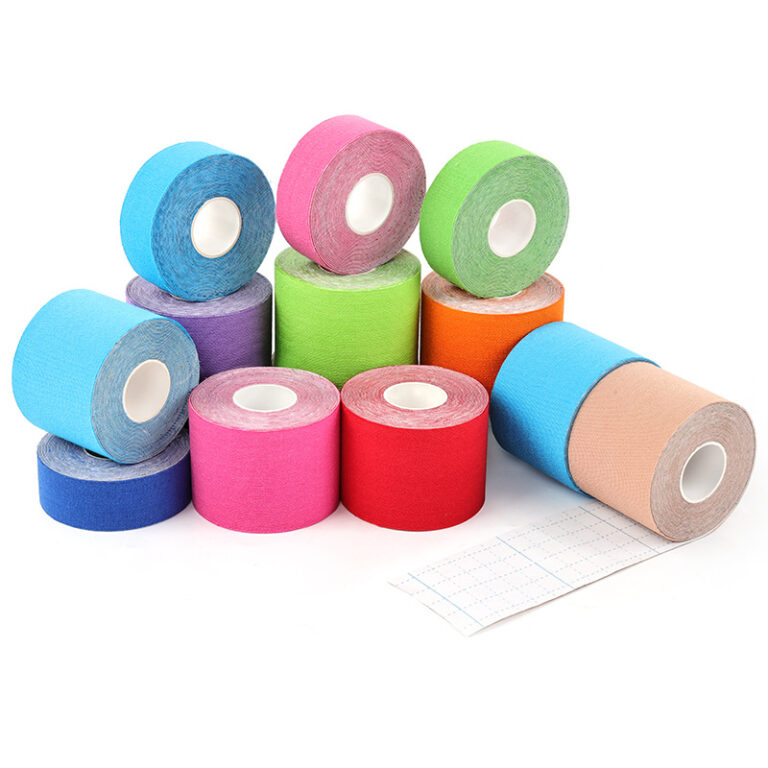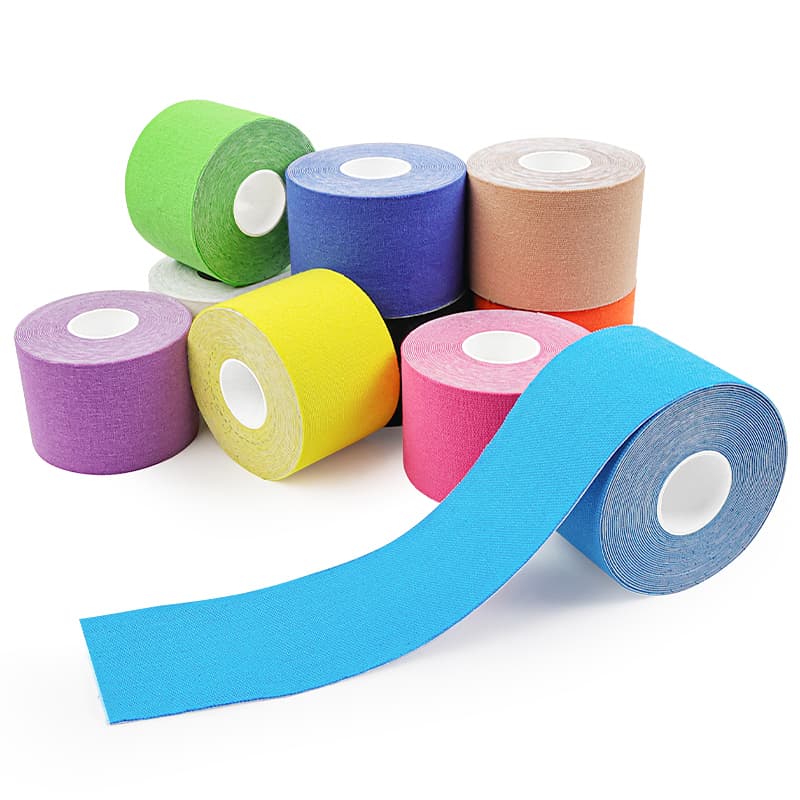Does Kinesiology Tape Really Help Sports Injuries?
flexible sports tape is widely used by physical therapists to help treat injuries ranging from head pain to foot pain.
Sports therapists tell us they love Sterotape-K Kinesiology Tape.
In previous blogs, we explored guidance on the safe return of sports, and now in our latest blog, we want to dive into the tacky world of flexible sports tape.
Ergonomic tape
The term kinesiology is defined as “the study of the mechanics of body movement”.
Dr. Kenzo Kase has been researching this topic for over 25 years and has discovered that the application of flexible sports tape can provide benefits to athletes and can play a role in the effective treatment of a range of sports injuries.
Dr. Kase developed the Kinesio Tape and Kinesio Tape methods after his research showed that patients required constant skin contact but a flexible and hypoallergenic tape.

What type of flexible sports tape do physical therapists use?
Physical therapists use different types of sports tape to support the treatment and rehabilitation of different sports injuries.
Injuries requiring limited joint mobility or immobilization require rigid zinc oxide tape.
When compression and support are required, the therapist may choose to use an elastic adhesive bandage (EAB) or an adhesive bandage.
flexible sports tape is used in physical therapy because it is thought to help with sports injuries, including soft tissue and joint injuries such as sore calves, knee or shoulder pain.
These types of sports tape are now available in a variety of colors, and it is best to follow medical advice.
flexible sports tape should be used as a complement to broader therapy by a sports therapist or physical therapist, not as a stand-alone therapy.
Sports injury professionals use kinesiology tape to help improve a patient’s range of motion.
Does flexible sports tape Work?
The evidence base for kinesiology tape is still developing, but its use continues to grow from elite sports to community events.
Many athletes and therapists are strong advocates, while some are skeptical.
The reported benefits of kinesiology tape can be traced back to Dr. Kase’s research, as it provides psychological stimulation through sustained physical contact, which in turn can better enable athletes to achieve the function and range of motion they need to exercise.
Characteristics of a good ergonomic tape
flexible sports tape is different from other sports tapes that are usually stiffer. The key characteristics to look for when choosing a good flexible sports tape are:
Sticky and long lasting – will stay on for up to 1 week.
Stretchy – up to 40% of its original length
Hypoallergenic – good for sensitive skin
Breathable – draws moisture away from the skin
Flexibility – allows the athlete to perform the full range of motion required for the activity
Waterproof – ensures the tape will remain intact in all weather conditions
Easy to cut and apply.



